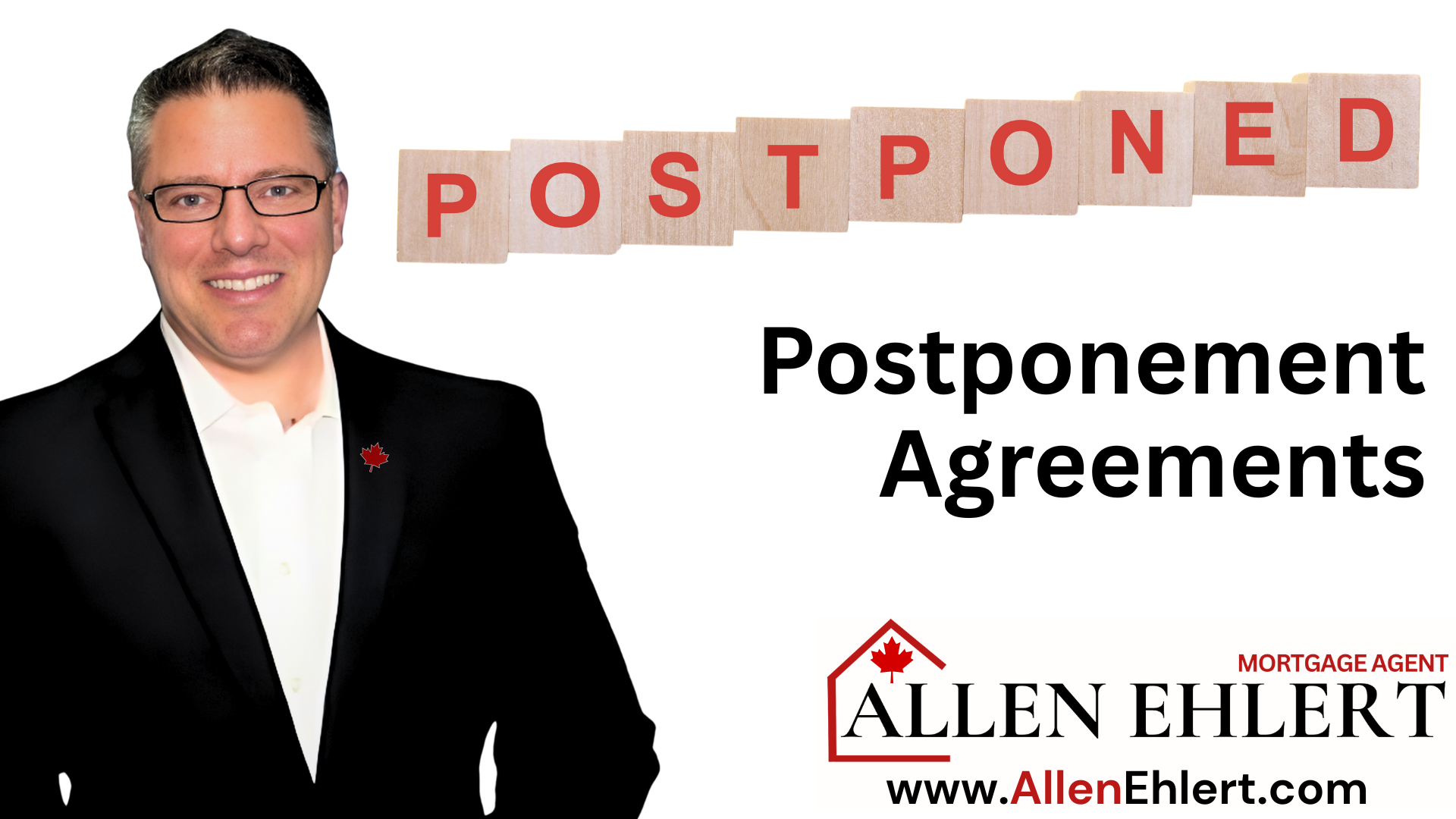We talk a lot about high home prices in Ontario—land costs, construction costs, interest rates. But there’s a quieter, less visible factor that doesn’t get enough airtime: provincial downloading.
In plain terms, downloading is when the provincial government offloads responsibilities and costs onto municipalities—without providing the funding to go with it. And when municipalities are left holding the bill, they turn to one of the few revenue tools they have: development charges.
Let’s break down how this works—and why it matters to every homebuyer.
What is Provincial Downloading?
Why Municipalities Rely So Heavily on DCs
How This Impacts Housing Affordability
What is Provincial Downloading?
Imagine a government saying:
“You’re now responsible for X, Y, and Z… but we’re not giving you any extra money to do it.”
That’s downloading. In Ontario, it’s been happening for decades. Starting in the 1990s and accelerating over time, the provincial government shifted a growing number of responsibilities to cities, including:
- Public housing maintenance and development
- Public health and ambulance services
- Social assistance and employment programs
- Transit infrastructure and operations
- Wastewater and stormwater systems
- Long-term care facilities
- Childcare and libraries
And yet, municipalities in Ontario don’t have income tax or sales tax. Their main tools are property taxes, user fees, and—you guessed it—development charges.
Why Municipalities Rely So Heavily on DCs
When cities are tasked with more services but not funded to deliver them, they need to find money somewhere. Enter development charges—one of the only politically “safe” options.
Municipalities justify high DCs under the logic of “growth pays for growth.” But here’s the catch: not all the costs in DCs are directly tied to growth. Thanks to provincial downloading, they’re increasingly used to plug budget holes in:
- Transit projects with ballooning debt (e.g., Ottawa’s LRT)
- Aging infrastructure replacement
- Legacy environmental obligations
- Social housing repair backlogs
Rather than spread these costs across all taxpayers, cities tack them onto the cost of building new homes.
Result? Homebuyers pay a disproportionate share—often for services that were built long before they arrived.
How This Impacts Housing Affordability
Every time a DC is raised to cover downloaded costs, the sale price of a new home goes up. This creates a domino effect:
- New homes become unaffordable
- Fewer homes get built
- Scarcity drives up prices for existing homes
- Renters can’t move up into ownership
- Families are priced out of their own communities
And while development slows, municipalities still face budget pressures—so they raise fees again, and the cycle repeats.
What’s the Fix?
The solution starts with recognizing the root of the problem. High development charges are not just a result of growth—they’re a symptom of decades of fiscal downloading from Queen’s Park to city hall.
To fix this:
- The province must fund the responsibilities it downloads—especially transit, housing, and long-term care
- Development charges must be tied to actual growth-related costs, not general budget relief
- Reform the Development Charges Act to prevent misuse and make it more transparent
- Introduce infrastructure funding partnerships, like community development bonds or provincial-municipal revenue sharing
Why This Matters to You
Whether you’re a buyer, a builder, or a policy wonk, the impact is the same: every delay, every added cost, every inefficiency gets baked into the price of the home.
When municipalities are forced to act like utilities, taxing new homebuyers to fund yesterday’s problems, we all lose—especially the next generation trying to get their foot in the door.
It’s time to take a hard look at how provincial decisions are quietly driving up the cost of housing—and to demand solutions that bring housing costs down without compromising public services.












